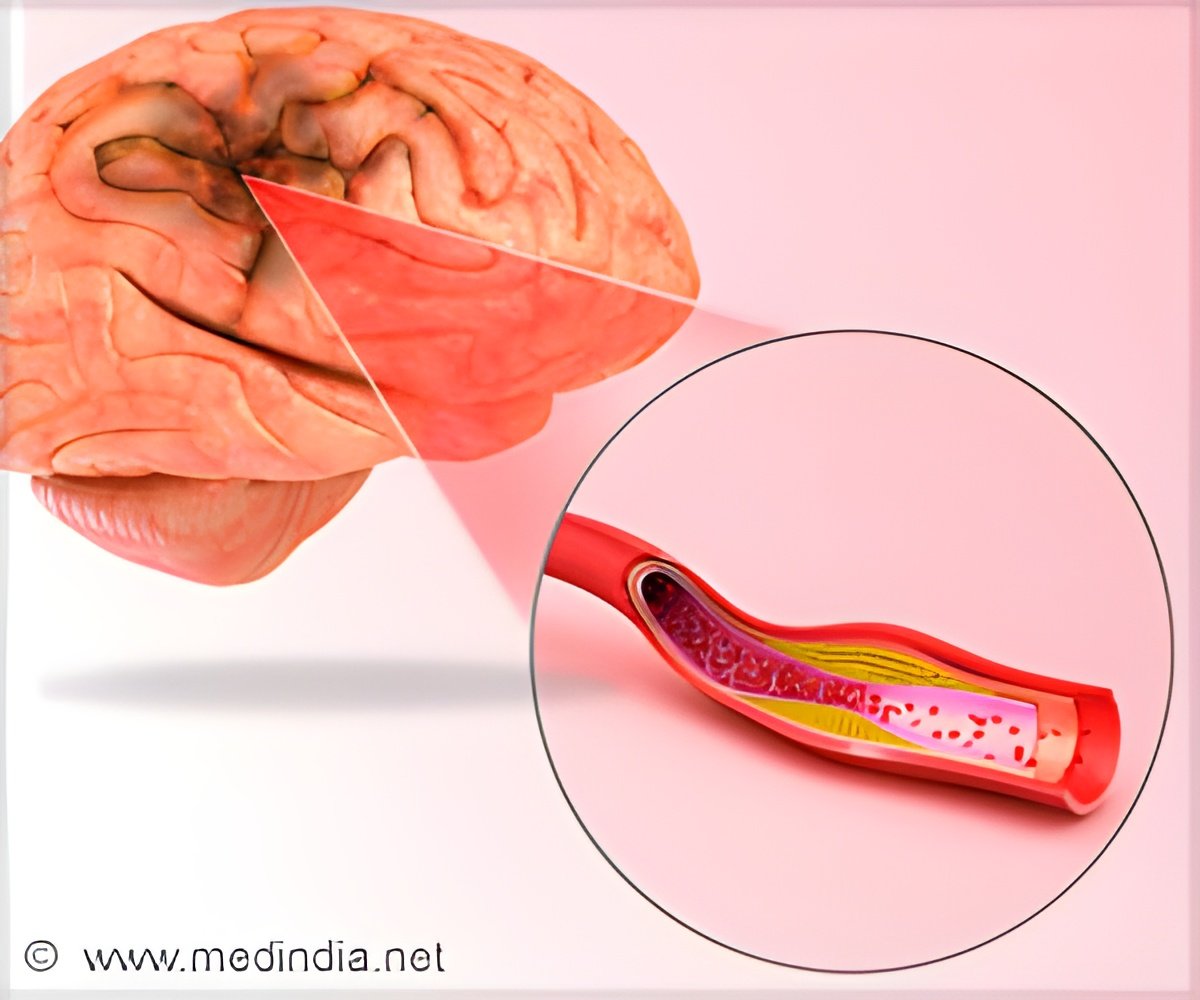
Researchers have used mobility data, captured through a smartphone-based wayfinding task on campus, to identify individuals at higher risk for dementia. The study, published in PLOS Digital Health, demonstrates the potential of smartphone data, gathered in real-world conditions, for the early detection and monitoring of Alzheimer’s disease (1✔ ✔Trusted Source
Identifying older adults at risk for dementia based on smartphone data obtained during a wayfinding task in the real worl
).
The research involved 72 adults, with roughly a third experiencing subjective cognitive decline (SCD), a condition recognized as a risk factor for dementia.
Early Detection Key in Alzheimer’s Fight
Alzheimer’s disease usually develops unnoticed over years and eventually leads to dementia. To date, there is no cure. “Currently, Alzheimer’s is often treated too late to ensure effective therapy. Even the new antibody drugs that are being much discussed at the moment only work if they are given at an early stage. Thus, we need to be able to diagnose the disease earlier, when symptoms are still mild. This requires advances in diagnostics,” says Dr. Anne Maass, a research group leader at DZNE and guest professor at the University Magdeburg. With colleagues, she now tested a novel approach to assessing problems in spatial navigation, as one of the first potential symptoms of Alzheimer’s disease.
“Our study is based on a kind of scavenger hunt where participants had to find pre-specified points-of-interest. For this, they used a smartphone equipped with a special app that we developed,” explains Dr. Nadine Diersch. The neuroscientist initiated the research project at DZNE several years ago and today works in the private sector, but continues to be associated with DZNE as a guest researcher.
“We found that certain app data allow to reliably identify people with an increased risk for dementia,” she says.
“This shows that digital technologies, like mobile apps, offer completely new possibilities to assess cognitive functioning under realistic, low-threshold conditions. In the future, this, may help detect subtle cognitive changes and thus harbingers of dementia earlier than today.”
In total, 72 women and men between the ages of their mid-twenties and mid-sixties participated in the study. Of the 48 older individuals, 23 were diagnosed as SCD patients. People with this condition perceive a loss of mental capacity, which, however, cannot be detected by conventional neuropsychological tests. These individuals do not inevitably develop dementia. However, it has been shown that they are at an increased risk.
Advertisement
All study participants were instructed to independently find several buildings on the medical campus of the University Magdeburg, guided by the app, while their movement patterns were tracked by GPS. “Our participants had similar knowledge of the campus area and they were all experienced in using smartphones. We also practiced using the app beforehand,” explains Jonas Marquardt, first author of the study and PhD student in the research group of Anne Maass.
During the task, which every study participant had to perform individually, five buildings had to be visited in a row along a route of about 800 meters. The app served as a pacemaker: It displayed a map with the current position and the next destination, including a photo of it. However, the map disappeared as soon as a participant started walking.
Advertisement
“The participants had to memorize the layout of the streets, their position and their destination, and then follow their sense of direction and spatial memory,” Marquardt says. “If they got lost, they could press a help button in the app. The map, their position and their destination would then briefly reappear.” The researchers leveraged the GPS data to generate individual mobility profiles and other information.
In most cases, the participants reached the five destinations in less than half an hour. “Overall, the younger participants performed better. On average, they walked shorter distances and generally did not use the help function as often as the older ones,” says Marquardt. The differences between the older adults with and without SCD were mainly reflected in the number of so-called orientation stops.
Jonas Marquardt explains: “Older adults with SCD briefly stopped during walking more often, presumably to orient themselves, than older adults without SCD. In fact, we were able to identify participants with SCD based on this parameter.”
So far it is unclear why people with SCD stand out in this regard. “We found that they tend to hesitate more at intersections in particular. This suggests that certain decision-making processes are altered. However, the data are not yet conclusive,” Nadine Diersch explains. “Nevertheless, the results of our study are a promising proof of concept.
They show that smartphone data can help detect subtle signs of cognitive decline in realistic contexts.” The scientist considers this an opportunity for early detection and early treatment of dementia: “I could imagine such apps being used in the future to identify people at risk and then decide whether further testing or already therapy is needed.”
Reference:
- Identifying older adults at risk for dementia based on smartphone data obtained during a wayfinding task in the real world – (https://journals.plos.org/digitalhealth/article?id=10.1371/journal.pdig.0000613)
Source-Eurekalert



